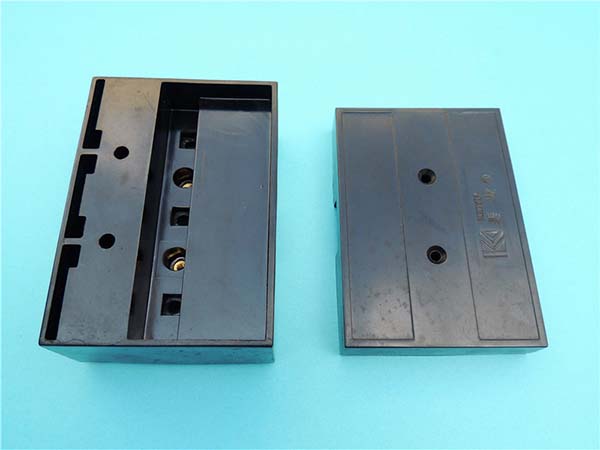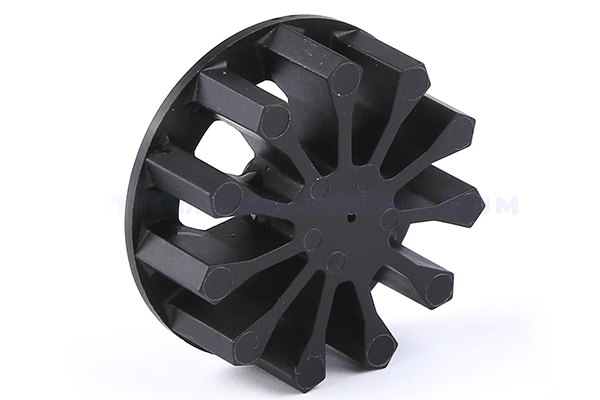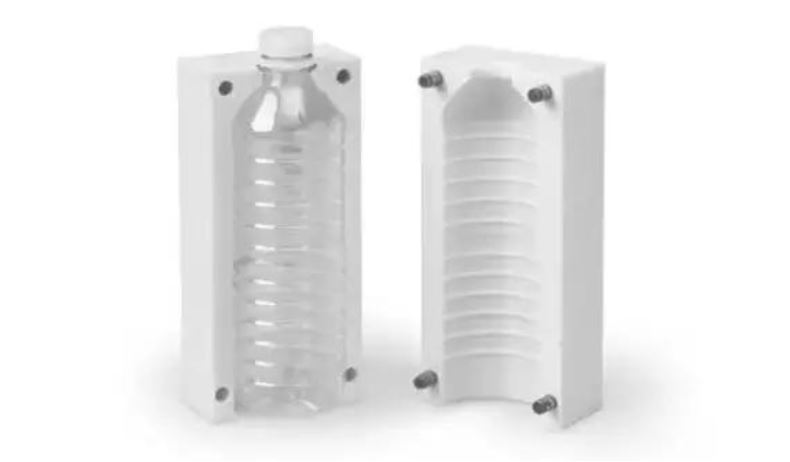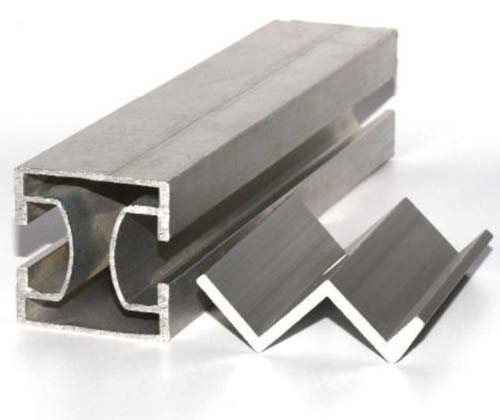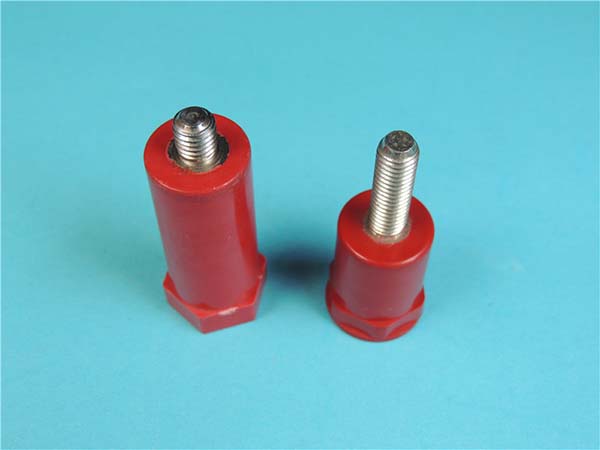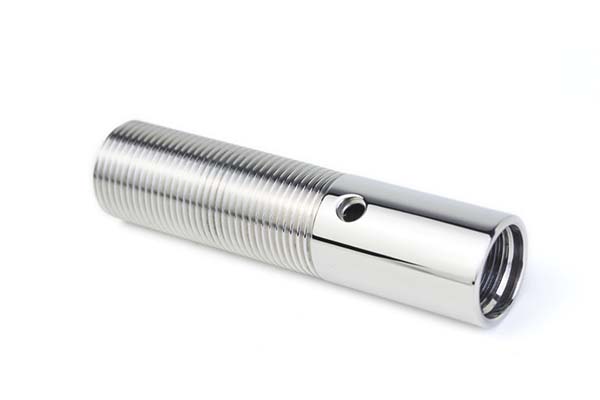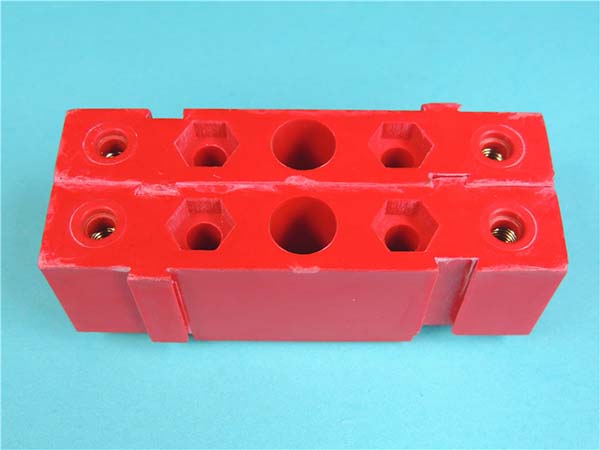Understanding the Basics of Medical Device Prototype Manufacturing
Medical device prototype manufacturing is the initial step in bringing a new medical device to the market. It's a crucial process that lays the foundation for the final product. The importance of this stage cannot be overstated. A well - crafted prototype allows medical device developers to test the functionality, safety, and usability of their ideas before investing large amounts of time and resources into full - scale production.
The main processes involved in medical device prototype manufacturing typically include:
- Design Conceptualization: This is where the idea for the medical device is born. Engineers and designers work together to translate a medical need into a tangible design. They consider factors such as the intended use of the device, ergonomics, and compatibility with existing medical systems. For example, when designing a new type of insulin pump, they need to ensure it's easy for patients to use, can accurately measure and deliver insulin, and can communicate with other health - monitoring devices if necessary.
- Material Selection: Given that medical devices come into contact with the human body or are used in critical medical procedures, the choice of materials is of utmost importance. Materials must be biocompatible, meaning they won't cause an adverse reaction in the body. For implantable devices, materials like titanium are often used due to their high strength, corrosion resistance, and biocompatibility. In non - implantable devices, materials such as medical - grade plastics are popular for their flexibility, cost - effectiveness, and ease of sterilization.
- Prototyping Techniques: There are various techniques used to create prototypes. 3D printing has become increasingly popular in recent years. It allows for the rapid creation of complex geometries with high precision. For example, it can be used to create a custom - fit orthopedic brace prototype. CNC machining is another common method, especially for creating prototypes from metal or high - strength plastics. It offers high accuracy and the ability to work with a wide range of materials.
- Testing and Validation: Once the prototype is created, it undergoes rigorous testing. This includes functional testing to ensure it performs its intended tasks correctly, safety testing to meet regulatory requirements, and usability testing to ensure that healthcare professionals and patients can use it without difficulty. For instance, a new surgical instrument prototype will be tested in simulated surgical environments to check its functionality and safety before moving on to clinical trials.
Key Factors to Consider When Selecting a Manufacturer
Experience and Track Record
When choosing a medical device prototype manufacturer, experience matters significantly. An experienced manufacturer has a wealth of knowledge and skills accumulated over the years. For example, a manufacturer with over 15 years of experience in the field has likely encountered and solved a wide range of problems during the prototyping process. They have worked on various types of medical devices, from simple diagnostic tools to complex surgical instruments.
Looking at their track record, we can find evidence of their capabilities. A manufacturer that has successfully created prototypes for well - known medical companies like Johnson & Johnson or Medtronic is likely to be highly reliable. These collaborations not only showcase their technical expertise but also their ability to meet the strict quality and regulatory requirements of large - scale medical enterprises.
Technical Expertise
Technical expertise is another crucial factor. A good medical device prototype manufacturer should have in - depth knowledge of a variety of materials. They need to be able to work with biocompatible plastics such as polyethylene terephthalate glycol (PETG) for non - implantable devices, which offers excellent chemical resistance and sterilization compatibility. For implantable devices, they should be proficient in handling materials like titanium alloys, understanding how to machine and finish them to meet the high - standards of the human body's internal environment.
Advanced manufacturing processes are also essential. The use of high - precision 3D printing techniques, such as selective laser sintering (SLS), allows for the creation of complex geometries with tight tolerances. CNC machining capabilities, including multi - axis machining, enable the production of parts with high accuracy and surface finish, which is crucial for medical devices that require precise fitting and functionality.
Quality Assurance
Quality assurance is non - negotiable in medical device prototype manufacturing. Manufacturers should follow international standards such as ISO 13485. This standard ensures that the quality management system in place covers all aspects of the product lifecycle, from design and development to production, installation, and servicing.
Internally, they should have a rigorous quality control process. This includes incoming material inspection to ensure that only high - quality raw materials are used. During the manufacturing process, in - process inspections are carried out at various stages to catch any potential defects early. For example, a visual inspection of the 3D - printed parts for surface integrity and dimensional checks using precision measuring tools like coordinate measuring machines (CMMs). Final product inspections are also comprehensive, ensuring that the prototype meets all the specified requirements before it is delivered to the client.
Regulatory Compliance
The medical device industry is highly regulated, and compliance is a must. In the United States, the Food and Drug Administration (FDA) has strict regulations on medical device manufacturing. Manufacturers need to ensure that their prototypes meet the relevant FDA guidelines, such as those related to device safety, effectiveness, and labeling.
In the European Union, the CE marking is required for medical devices to enter the market. This involves demonstrating compliance with the applicable European Directives, like the Medical Device Directive (MDD) or the more recent Medical Device Regulation (MDR). A reliable manufacturer will have a dedicated team or process in place to keep up with these regulatory changes and ensure that all prototypes are compliant, which can save the client a lot of time and potential headaches during the product approval process.
Cost and Turnaround Time
Cost and turnaround time are also important considerations. While it's tempting to choose the cheapest option, it's crucial to balance cost with quality. A very low - cost manufacturer may cut corners on materials or quality control, which could lead to a sub - standard prototype.
On the other hand, a manufacturer that offers an extremely short turnaround time may not be able to perform thorough quality checks. A good approach is to get quotes from multiple manufacturers and compare their offerings. Look for a manufacturer that provides a reasonable price based on the complexity of the prototype and can deliver within a time frame that aligns with your project schedule. For example, if your project has a tight timeline for clinical trials, you need to ensure the prototype is ready in time without sacrificing quality.
Yigu Technology's Perspective
As a non - standard plastic and metal products custom supplier, Yigu Technology understands the unique demands of the medical device prototype manufacturing field. With a focus on precision and quality, Yigu Technology offers several advantages.
Our expertise in handling a wide range of non - standard materials allows us to provide customized solutions for medical device prototypes. Whether it's developing a unique plastic component for a diagnostic device or a metal part for a surgical instrument, we have the skills to meet the requirements. Our advanced manufacturing equipment ensures high - precision production, which is crucial for medical devices where even the slightest deviation can have significant consequences.
Moreover, Yigu Technology places great importance on quality control. We have a strict quality management system in place, from the selection of raw materials to the final inspection of the prototypes. This ensures that all our products meet or exceed industry standards, giving our clients peace of mind. In the dynamic field of medical device prototype manufacturing, Yigu Technology is committed to providing reliable, high - quality, and customized solutions to support the development of innovative medical devices.
FAQs about Medical Device Prototype Manufacturers
What is the typical lead time for a medical device prototype?
The lead time for a medical device prototype can vary widely depending on several factors. For relatively simple prototypes, it might take as little as 2 - 4 weeks. This could include basic diagnostic tools with straightforward designs and readily - available materials. However, for more complex medical devices, such as a new type of robotic surgical instrument, the lead time can be 8 - 12 weeks or even longer. Complex geometries, the need for custom - made components, and extensive testing requirements all contribute to the longer production time. Additionally, if the manufacturer has a high workload or there are delays in obtaining specialized materials, the lead time will be extended.
How can I ensure the confidentiality of my medical device design?
To ensure the confidentiality of your medical device design, first, sign a non - disclosure agreement (NDA) with the manufacturer before sharing any sensitive information. An NDA legally binds the manufacturer not to disclose your design details to third parties. Secondly, limit the information shared initially. Provide only the essential details required for the prototyping process and gradually release more information as trust is built. You can also use encrypted communication channels when sharing digital design files. For physical prototypes, ensure they are stored securely at the manufacturer's facility, with restricted access to only authorized personnel. Regularly review the security measures in place with the manufacturer to ensure your design remains confidential.
What kind of post - prototype support can I expect from a manufacturer?
After the prototype is delivered, manufacturers typically offer several types of post - prototype support. They may provide technical support to help you troubleshoot any issues that arise during testing. For example, if the prototype has a malfunction, the manufacturer's engineering team can analyze the problem and offer solutions. Manufacturers may also assist with design refinements based on the results of your testing. If you find that certain aspects of the prototype need improvement, they can use their expertise to make modifications. Additionally, some manufacturers offer assistance with the transition to mass production, providing advice on scaling up the manufacturing process, selecting appropriate production materials, and optimizing the supply chain.


